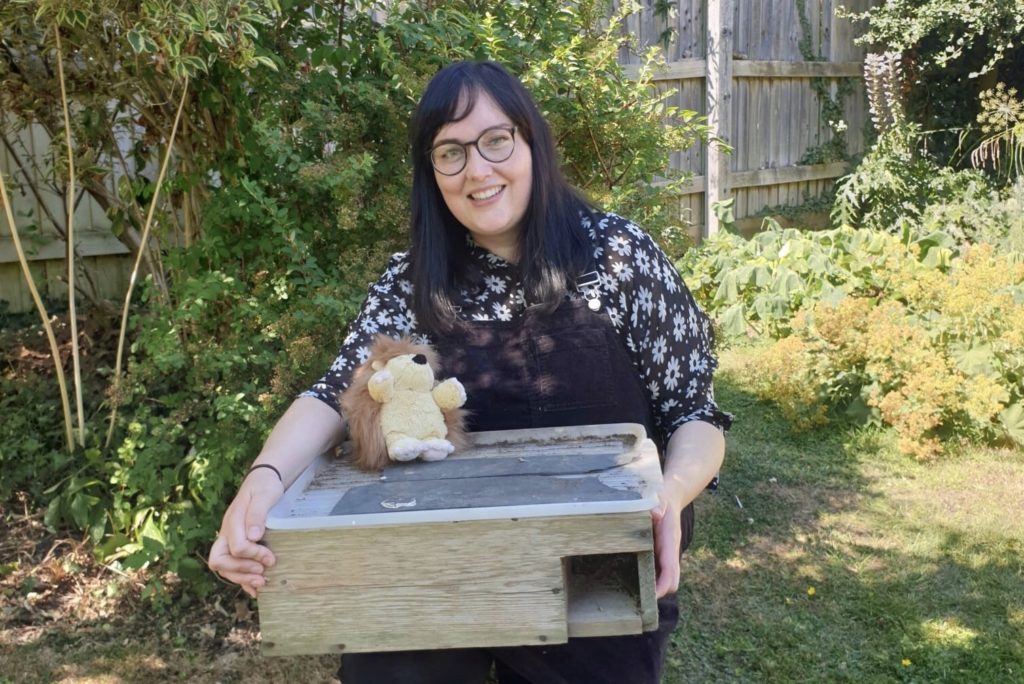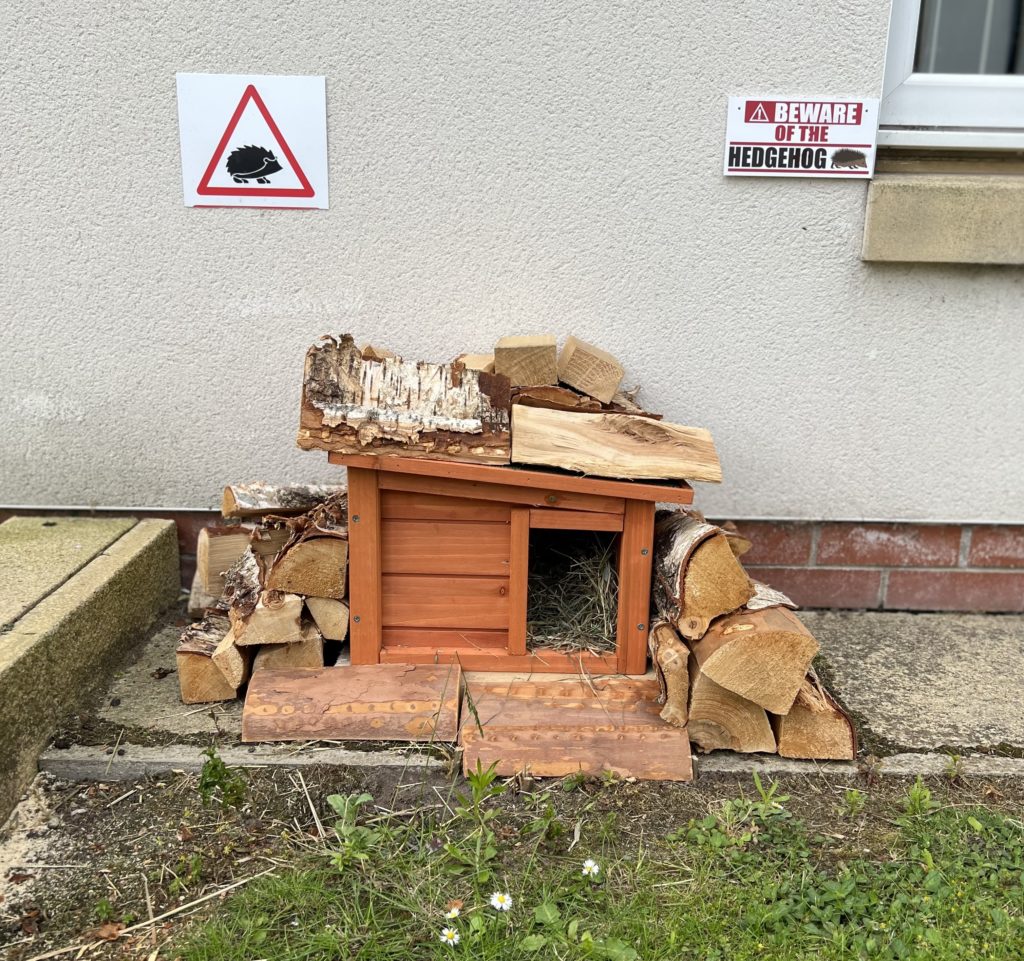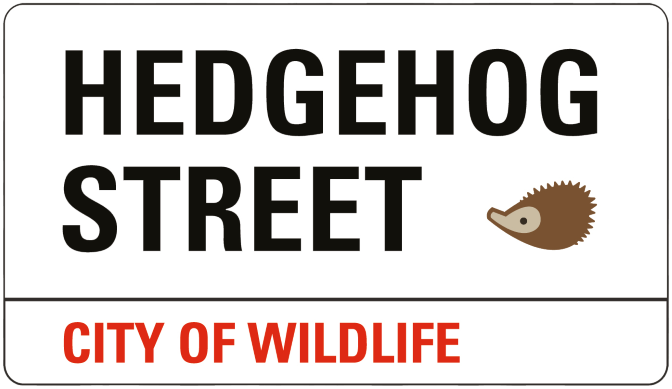Research: Hedgehog Housing Census
15th August 2022
A new paper into hedgehog housing has been published by Abi Gazzard, a researcher from the University of Reading. Abi, along with her co-author Philip Baker found that various factors significantly increased the likelihood of hedgehogs using a nesting box. The research, funded by PTES and BHPS, will help us understand how we can support hedgehogs in our gardens.
The hedgehog housing census
Hedgehog houses (or artificial refuges) are commonly used in gardens to provide a nesting area for hedgehogs. The loss and degradation of habitat in urban areas means that these houses have become increasingly valuable to hedgehogs as refuges. The houses could potentially help to maintain local populations and improve breeding success, as has been demonstrated with other species. However, it is unclear why hedgehogs choose to use houses, how often they use them or which features affect their use.
Data were collected from UK residents, including many Hedgehog Champions, using the Hedgehog Housing Census. Over 4,300 responses were received, giving the researchers a large dataset to use. Participants were asked not to disturb their houses, but to use passive methods such as trail cameras or monitoring of the movement of sticks to assess if a house was being used.

The Results
Of the monitored hedgehog houses, 81% had been used for summer day nesting, 28% for breeding, 66% for winter day nesting and 57% for hibernation. 46% of houses had been installed for less than one year and 79% had only been installed after spotting a hedgehog in the garden. Participants also gave data on other nesting sites in their gardens, of which garden vegetation was the most common (46%). 88% of houses had been installed in the last five years, showing that there has been a recent increase in householders helping hedgehogs in their gardens.
The researchers found that various factors meant that hedgehog houses were significantly more likely to have been used. They included:
- Whether the house had been installed for a long time.
- If there was connectivity between the front and back gardens.
- If food was provided.
- If other nesting sites were present.
Other factors which had a somewhat positive impact on use included whether the house was positioned on hardstanding, in a sheltered location, raised off the ground and/or next to a building. Homemade houses and the provision of bedding also had a positive effect.
Houses were significantly less likely to have been used if the entrance faced the open, if there was a garden pond present, if there was good quality habitat within the same garden (possibly including natural nesting sites) and if dogs were present. These effects, however, depend on the season. For example, the presence of dogs only had a notable impact on the chances of a hedgehog house being used during the period of hibernation.

The Limitations
Due to the non-invasive survey method used, the frequency at which houses were used could not be determined, only whether the house had ever been used at all. There is also the potential of reporting bias, where householders are more likely to notice if the hedgehog house has been used if it had been there for a long time or if they were feeding hedgehogs.
Although connectivity between front and back gardens strongly correlated with hedgehog house use, this could be explained by this access being more common in larger houses and therefore larger gardens. It could also be that the access was already there before the hedgehog house was put in place.
The correlation between use and the positioning of hedgehog houses shows how important protection is from predators, disturbance and weather. These factors may also have an influence on the temperature of the house, which is very important during hibernation.
Although it is not fully clear why some of the factors correlated with hedgehog house use, it is positive news that many hedgehog houses are used by hedgehogs, particularly for summer day nesting. This research shows that householders may be able to influence whether their hedgehog houses are used, though further research is needed to improve our understanding of how hedgehog houses can help conserve populations.
How can I help?
If you want to encourage use of your hedgehog house, we recommend that you:
- Place it under shelter, such as bushes or shrubs.
- Provide garden access from the front to the back where possible.
- Provide supplementary food.
- Provide bedding such as straw or leaves.
In autumn you could also encourage hibernation by positioning the hedgehog house:
- On hardstanding.
- Closer to a building.
- With the entrance not facing the open.

